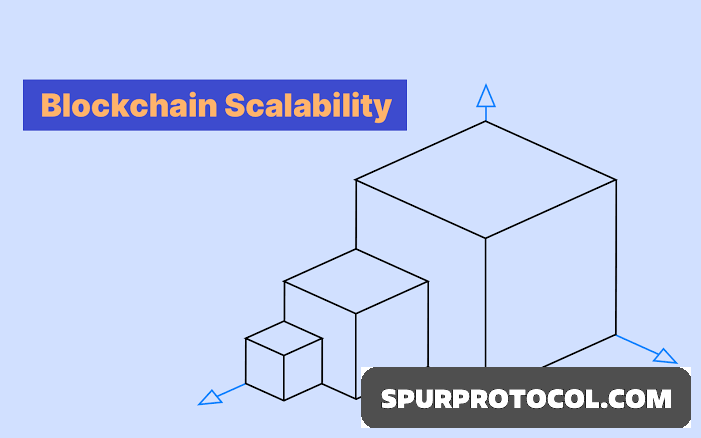Testing Blockchain Scalability
How do you know a Blockchain technology is scalable?
Go Back

🕒 2:38 PM
📅 Mar 10, 2025
✍️ By Princeland
Testing Blockchain Scalability
Evaluating a blockchain's scalability involves assessing its ability to handle increased traffic, transactions, and users. Here's a comprehensive approach:
Performance Metrics
1. Transactions Per Second (TPS): Measures the number of transactions processed within a second.
2. Block Time: The time taken to mine or validate a block.
3. Block Size: The maximum size of a block, affecting the number of transactions it can hold.
4. Network Latency: The delay between transaction submission and confirmation.
5. Node Performance: Evaluates the performance of individual nodes within the network.
Testing Methods
1. Load Testing: Simulates a large number of users and transactions to evaluate the blockchain's performance under stress.
2. Stress Testing: Pushes the blockchain to its limits by simulating extreme scenarios, such as a high volume of transactions in a short period.
3. Endurance Testing: Evaluates the blockchain's performance over an extended period, ensuring it can sustain a consistent workload.
4. Scalability Testing: Assesses the blockchain's ability to scale horizontally (add more nodes) or vertically (increase node capacity).
Tools and Frameworks
1. Hyperledger Caliper: A blockchain performance benchmarking tool.
2. Blockbench: A comprehensive blockchain benchmarking framework.
3. Ganache: A local blockchain simulator for testing and development.
4. Truffle: A suite of tools for building, testing, and deploying blockchain applications.
Best Practices
1. Clear Testing Objectives: Define specific performance metrics and testing goals.
2. Realistic Testing Scenarios: Simulate real-world usage patterns and workloads.
3. Comprehensive Testing: Evaluate all aspects of the blockchain, including nodes, network, and smart contracts.
4. Continuous Testing and Monitoring: Regularly assess and optimize blockchain performance.
By following these guidelines, you can comprehensively test the scalability of a blockchain and identify areas for improvement.

